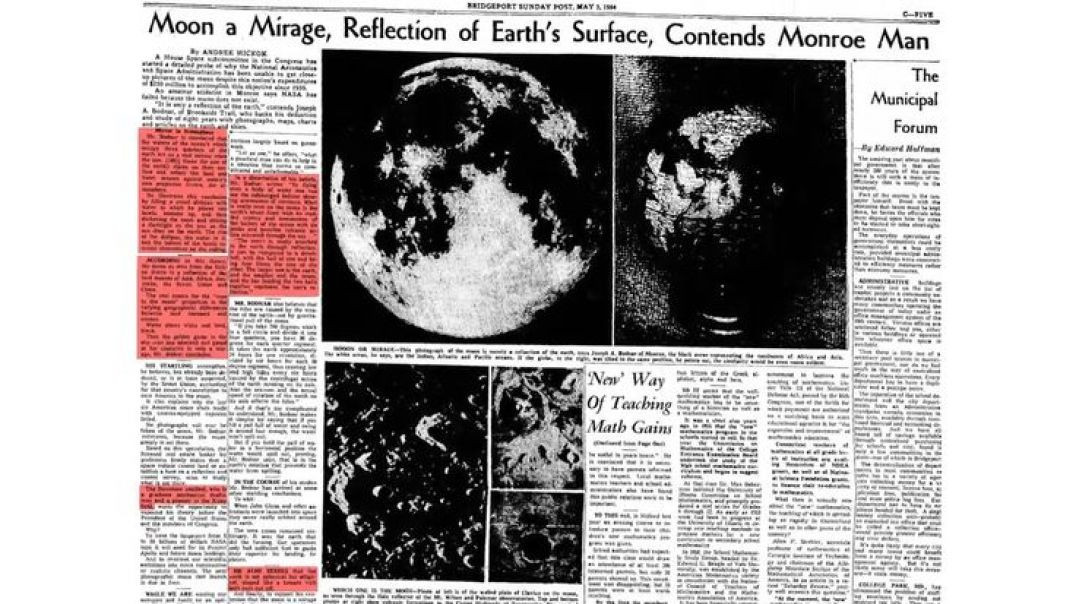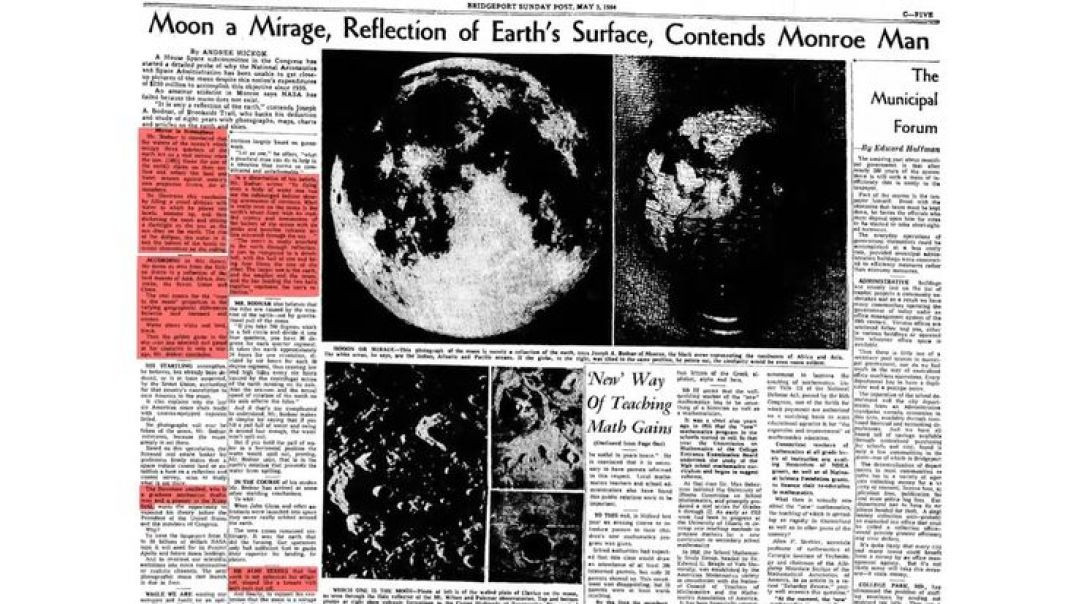Live streaming on Altcast.TV is now available!
THE PAWNBROKER 📽 (1964)
A Jewish pawnbroker, victim of Nazi persecution, loses all faith in his fellow man until he realizes too late the tragedy of his actions.
Director: Sidney Lumet
Writers: Morton S. Fine (screenplay), David Friedkin (screenplay),
Stars: Rod Steiger, Geraldine Fitzgerald, Brock Peters
In 2008, The Pawnbroker was selected for preservation in the US National Film Registry by the Library of Congress as being "culturally, historically, or aesthetically significant". 😮 😮
The Silence (the precursor to The Pawnbroker)
https://www.brighteon.com/0dd5....c6a7-2cb5-4221-93c3-
The Silence (Swedish: Tystnaden) is a 1963 Swedish drama film written and directed by Ingmar Bergman and starring Ingrid Thulin and Gunnel Lindblom. The plot focuses on two sisters, the younger a sensuous woman with a young son, the elder more intellectually oriented and seriously ill, and their tense relationship as they travel toward home through a fictional Central European country on the brink of war.
This was the precursor to the Production Code 's destruction by advent of the film The Pawnbroker.
https://listverse.com/2021/01/....27/10-films-that-ski
From 1934 to 1968, the Motion Picture Production Code, more commonly known as the Hays Code, provided guidelines to American filmmakers concerning what its board members considered acceptable film content. By adopting these guidelines, Hollywood film studios avoided government censorship. The Code provided a list of general prohibitions and cautions concerning uses or depictions of “profanity” and “vulgar expression,” “nudity,” drug trafficking, “sex perversion,” “white slavery,” “miscegenation,” “sex hygiene and venereal diseases,” “scenes of actual childbirth,” “sex organs,” “ridicule of clergy,” and “willful offense to any nation, raced, or creed,” as well as an assortment of 25 other “items that require special care.”Three years after the institution of the Code, director Leo McCarey’s screwball comedy The Awful Truth provided what amounted to “an instruction kit” by which to circumvent the Code’s restrictions and prohibitions.
To skirt the guidelines, “lines were rewritten, dishabille scenes adroitly shuffled, and anatomies piquantly draped.”Other films used these and other techniques to evade the Code. Overall, the tactics were quite successful in most cases, and the filmmakers were able to avoid government censorship by adhering to (or appearing to adhere to) the industry’s own voluntary policing of its products. The subterfuges, ruses, tricks, and other maneuvers filmmakers used were often ingenious as well as diverting and, most importantly, from the filmmakers’ perspective, they allowed movies to give audiences what they’d paid to see—the very thrills the Code was supposed to deny them.From 1934 to 1968, the Motion Picture Production Code, more commonly known as the Hays Code, provided guidelines to American filmmakers concerning what its board members considered acceptable film content. By adopting these guidelines, Hollywood film studios avoided government censorship. The Code provided a list of general prohibitions and cautions concerning uses or depictions of “profanity” and “vulgar expression,” “nudity,” drug trafficking, “sex perversion,” “white slavery,” “miscegenation,” “sex hygiene and venereal diseases,” “scenes of actual childbirth,” “sex organs,” “ridicule of clergy,” and “willful offense to any nation, raced, or creed,” as well as an assortment of 25 other “items that require special care.”
Three years after the institution of the Code, director Leo McCarey’s screwball comedy The Awful Truth provided what amounted to “an instruction kit” by which to circumvent the Code’s restrictions and prohibitions. To skirt the guidelines, “lines were rewritten, dishabille scenes adroitly shuffled, and anatomies piquantly draped.”Other films used these and other techniques to evade the Code. Overall, the tactics were quite successful in most cases, and the filmmakers were able to avoid government censorship by adhering to (or appearing to adhere to) the industry’s own voluntary policing of its products. The subterfuges, ruses, tricks, and other maneuvers filmmakers used were often ingenious as well as diverting and, most importantly, from the filmmakers’ perspective, they allowed movies to give audiences what they’d paid to see—the very thrills the Code was supposed to deny them.
https://archive.org/details/th....e.-awful.-truth.-193


![KIDS [THE (((homosexual banking mafia))) PULLS THE 1ST BIG PSYOP SINCE 💱 THE PAWNBROKER]](https://s3.us-central-1.wasabisys.com/altcast1/upload/photos/2023/06/srk1HIvoC3ZHf4owja1J_15_dce60eb8183d1a6803c436a20c21009d_image.gif)


